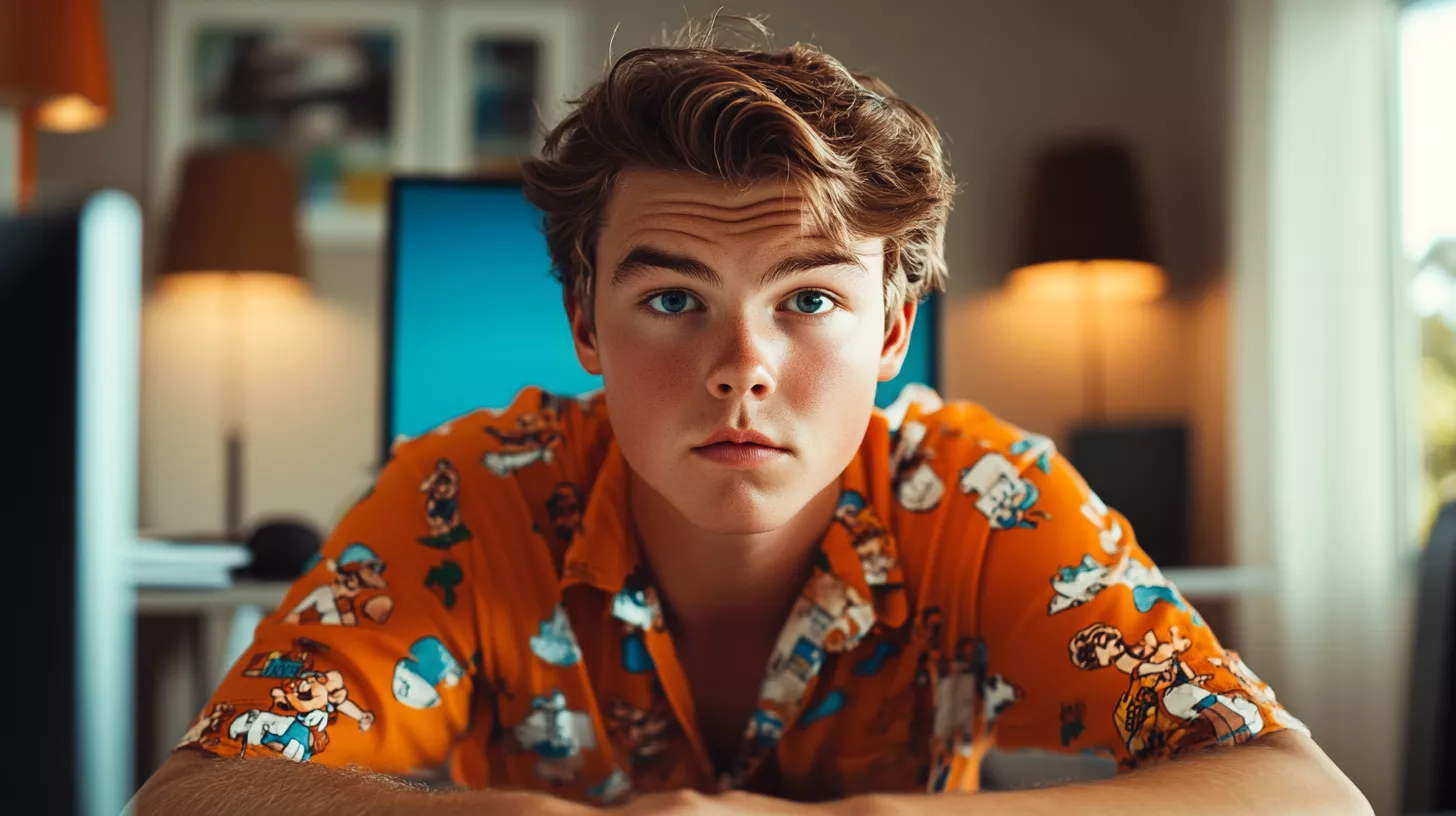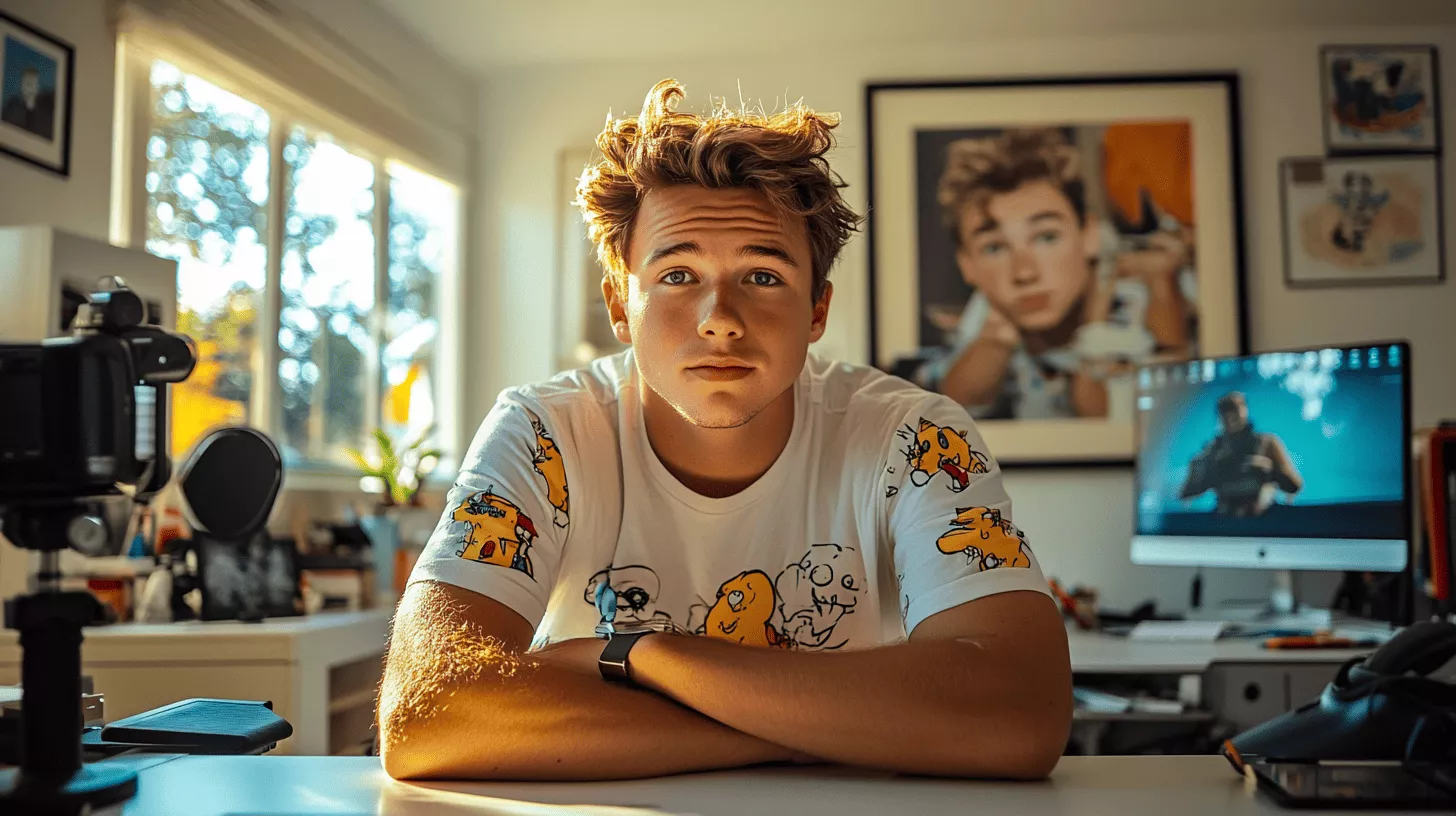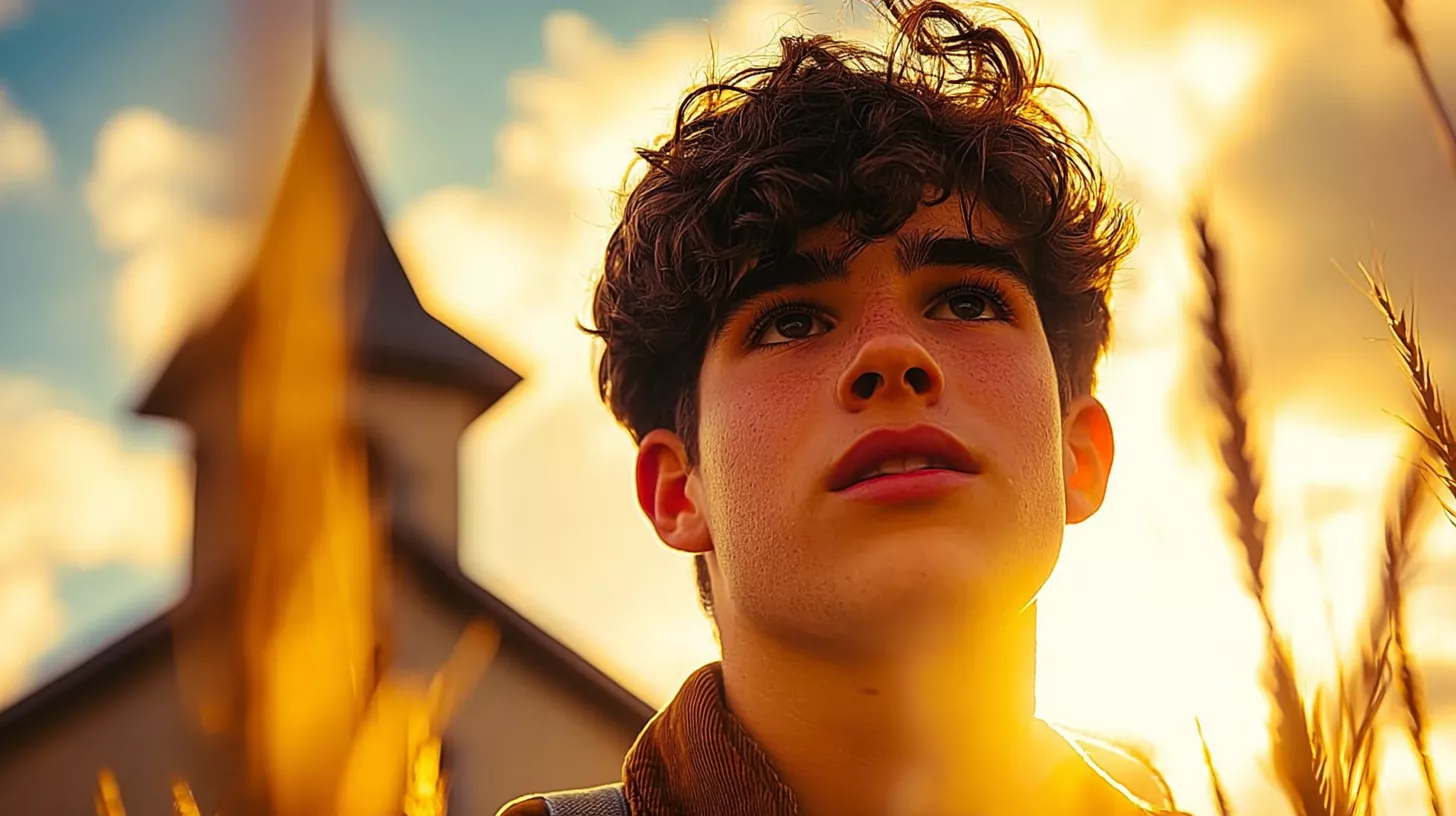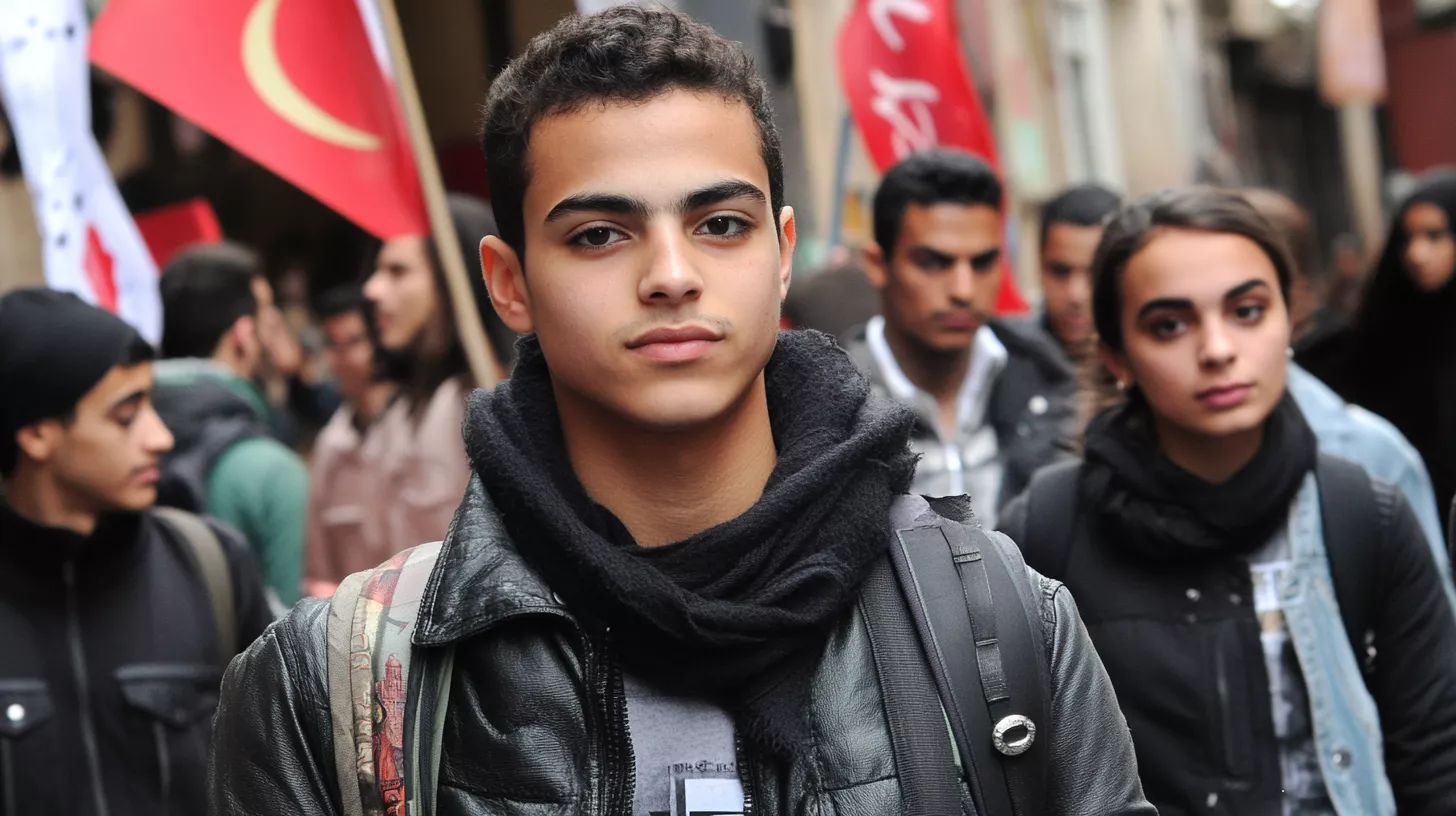How Gen Z is learning without school – No Teachers, No Problem
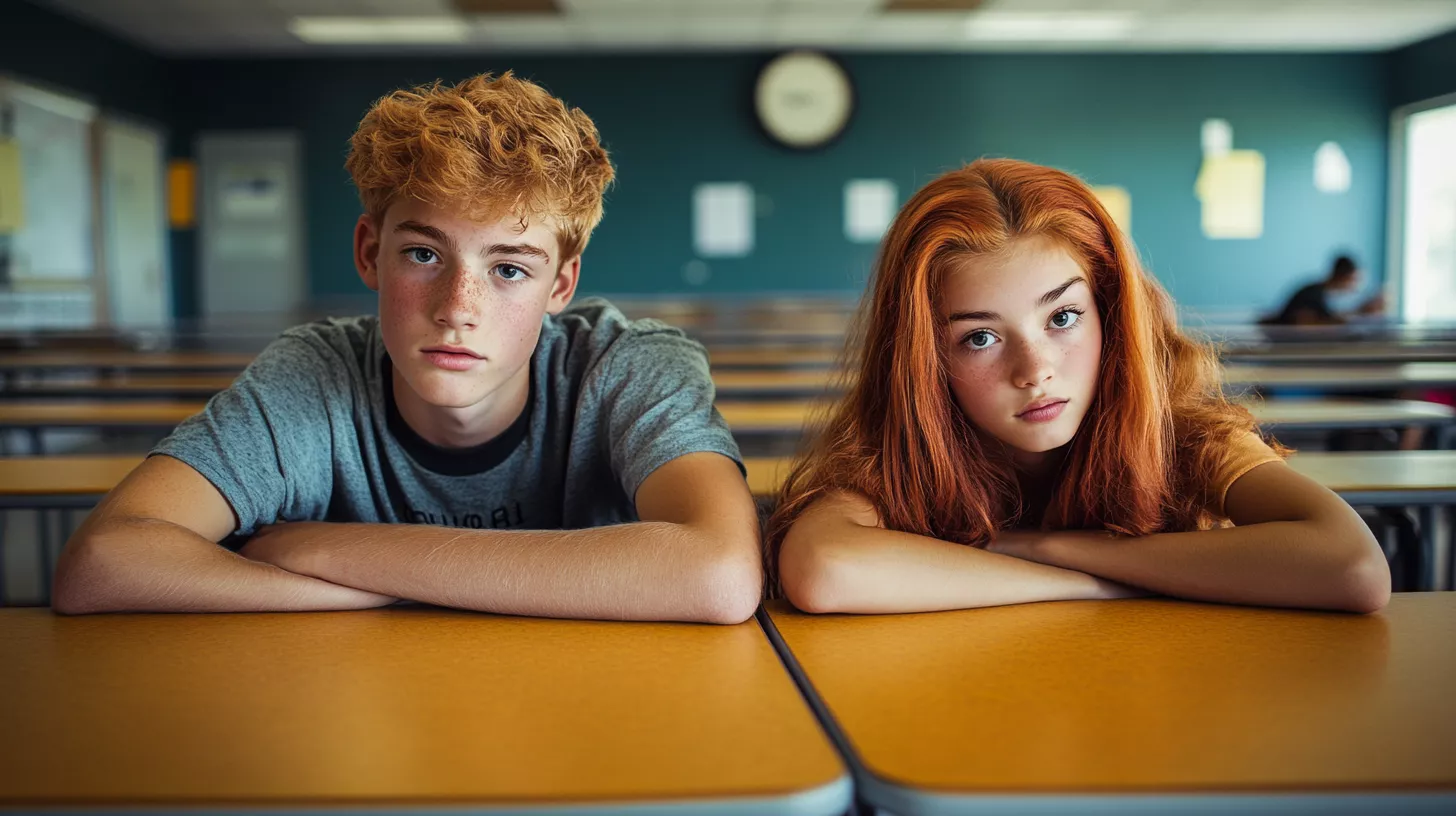
By Benoit Vancauwenberghe, Generation Z specialist
If I were 20 today, I wouldn’t go back to school. Would you?
Not because I don’t value learning, but because I believe in learning faster, more boldly, and rooted in real-world experiences. If I could start over, I’d dive straight into action, interning at an innovative startup, immersing myself in a challenging project, or launching something of my own.
The question of how Gen Z is learning outside of school is no longer a fringe issue. Gen Z is learning outside of school, and at a faster rate than ever. it’s a visible shift. Across YouTube, Discord, and side hustles, young people are opting for self-directed learning and skipping the traditional classroom. We must ask: has school fallen behind the times?
Four years in school can’t compete with four years in the field unless you’re becoming a doctor or a lawyer, or something that absolutely requires certification. But for most creative, digital, or entrepreneurial paths? The speed of the world has outpaced the system. And I think young people feel that, not out of rebellion, but out of clarity.
Today, many young people are learning faster, deeper, and more creatively outside the classroom than inside it. What changed? And what does it tell us about the future of education, work, and society?
The “Quiet Revolution of a Generation”
Let me introduce you to Elias, 16, from Antwerp. Last year, he built a thriving Etsy store selling handmade bracelets. He wasn’t taught how to do it in school. He learned about SEO through YouTube tutorials, received branding advice from a Discord group for teen entrepreneurs, and received logo help from Midjourney AI. His first logo was terrible. So were his first ten product photos. But he improved. Fast. With every mistake, he learned.
Elias is not alone. Across Europe, from Milan to Marseille, young people are building businesses, learning new tools, and mastering complex skills without waiting for permission or a syllabus. And most importantly: they’re learning how to learn.
A brief history of school
From Discipline to Disconnect
- Industrial Age: School as discipline and routine; preparing obedient workers.
- Post-War Europe: The School as an Engine of Social Mobility.
- Digital Age: Schools risk becoming a bottleneck in a world that is moving faster than they can adapt.
This historical arc helps us understand the mismatch we see today: the system hasn’t failed, but it hasn’t evolved fast enough.
Why traditional schools can’t keep up
The modern school system was designed to produce factory workers and clerks. Bells rang like shift changes. Rote learning was king. Creativity was a risk. However, the world that once rewarded obedience has been replaced by one that now rewards curiosity. The rise of the internet, AI tools, and global creator economies has rendered the old educational contract work hard in school, get a diploma, and secure a job, increasingly unreliable.
The OECD reports that today’s schools still fail to consistently teach digital literacy, critical thinking, and emotional intelligence -three skills now considered foundational in the AI age. According to the EU’s Digital Education Action Plan, 40% of teenagers report learning digital skills from social platforms, rather than in school.
The implication is clear: school is no longer the monopoly on learning. It’s one node among many, and for the most self-directed learners, it’s often the slowest.
Where learning happens now
1. Discord as a peer-led university
Initially built for gamers, Discord has evolved into a peer-led platform for Generation Z. Servers dedicated to coding, anime theory, entrepreneurship, or climate action function like micro-communities of practice. In a Dutch server called CodeCrafters, teens share debugging tips and build bots collaboratively. In a French-speaking design group, they swap Canva templates and critique UI mockups. These aren’t just social groups. They’re informal guild teaching through doing. And perhaps most importantly: no one gets graded. Feedback replaces judgment. Community replaces isolation.
“I’ve learned more from Discord than I ever did in class.” -17-year-old in Ghent
2. YouTube & TikTok: the new curriculum
Over 50% of Gen Z globally now turns to YouTube to learn new skills weekly, according to Statista. From soft skills like negotiation and time management to complex tutorials on 3D modeling or blockchain development, the algorithm has become a teacher. On TikTok, a teen in Spain might learn personal finance from a 22-year-old in Lisbon. A Berlin student might study historical analysis from a creator in Cairo. Learning is becoming global, visual, and fast-paced. But it’s not just the content. It’s the mindset: these platforms teach young people how to search, compare, test, and adapt, critical 21st-century competencies.
3. Side hustles: the real-world classroom
Side hustles have become the most powerful educational tools for Gen ZAlpha. They learn branding through trial and error, negotiation through sneaker resales, and digital marketing through failed campaigns. A Visa UK survey in 2024 found that over 60% of youth in Europe increased their side-hustle income by 10% last year. No textbook can match the stakes of launching a product and watching it flop. Or watching it succeed. These failures and successes are formative. They teach resilience, iteration, and strategy—the very skills that schools often avoid in their quest for correctness.
4. AI as Co-Pilot, not cheater
While many schools debate banning tools like ChatGPT, Gen ZAlpha has already embraced them as learning allies. They use AI to:
- Summarize articles
- Translate difficult texts
- Generate art prompts
- Plan business launches
In France, a national program is integrating AI literacy into the school curriculum, a significant step forward. But for most students, school is still playing catch-up to a world that moves faster than any ministry of education can legislate.
What’s at stake: the crisis and the opportunity
In southern Italy, dropout rates are among the highest in Europe. Many students don’t see the point of school. In Finland, meanwhile, hybrid models of student-led learning have boosted engagement and autonomy. The difference isn’t money. It’s a mindset. We are in the midst of a generational shift. Learning has become personal, iterative, and peer-driven. But most schools still pretend it is hierarchical, standardized, and individual. This creates a quiet but growing alienation. Young people don’t reject learning; they reject irrelevance.
Reimagining Education: What If…
What if a student’s side hustle counted as a portfolio project? What if Discord servers were recognized as collaborative learning spaces? What if schools taught emotional literacy and AI fluency alongside math and grammar? What if we stopped asking students to leave their best learning outside the classroom door?
A call to parents, leaders, and educators
For parents: Ask your kids not just what they learned in school, but what they discovered online. Guide, don’t ban. Explore, don’t panic.
For HR leaders: Stop focusing solely on degrees. Start asking for stories of resilience, projects built, and communities contributed to. Side hustles are the new CVs.
For educators and policymakers: Partner with the spaces where youth already learn. Integrate, don’t isolate. Education should meet students where they are, not demand they return to where we once were. Ultimately, Gen ZAlpha isn’t less engaged. They’re just learning elsewhere. And they’re not waiting for us to catch up.
Q&A: Key Questions from Readers
No, it’s important to understand that not all screen time is equal. When young people use Discord to collaborate on projects or YouTube to develop soft skills, they’re not avoiding learning; they’re transforming it.
The reality is that learning today focuses more on skills such as adaptability, problem-solving, and collaboration rather than static content. These qualities are evident in side hustles, AI experiments, and peer-led communities.
Schools should focus on facilitating real-world learning by connecting to platforms, curating AI tools, and supporting project-based paths in addition to traditional methods.
HR leaders must prioritize skills-based hiring. By valuing informal learning—such as portfolios, side projects, and community contributions, they can tap into a diverse pool of driven, talented, and highly skilled Gen Z candidates.
From insight to impact: Gen Z & Alpha keynotes
If this article resonated with you, let’s take it further. As a keynote speaker on Generation Z and Alpha, I help leaders, educators, and organizations move beyond observation to action—decoding youth culture, challenging assumptions, and shaping strategies that actually connect with them.
You may also like these articles
Explore our collection of articles decoding youth culture, Gen Z, and Gen Alpha.



